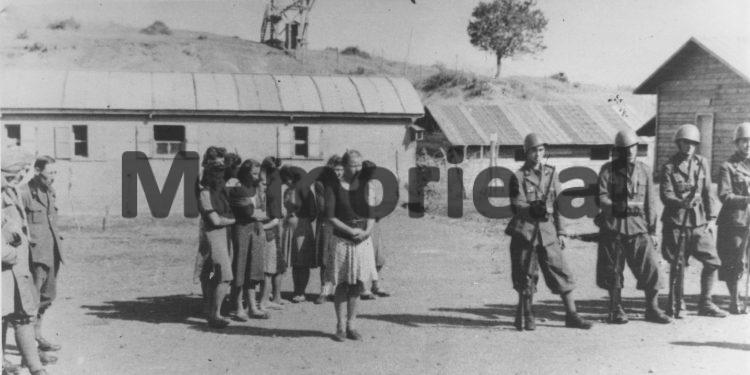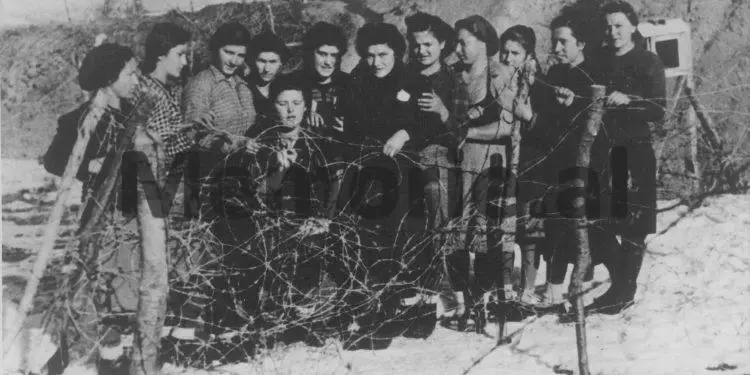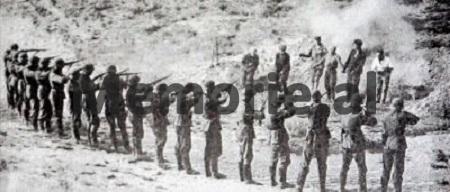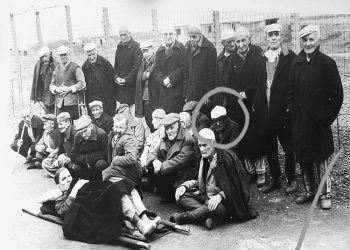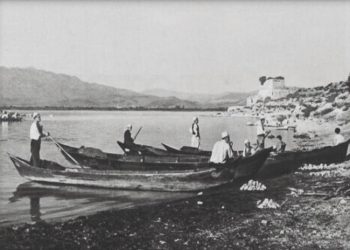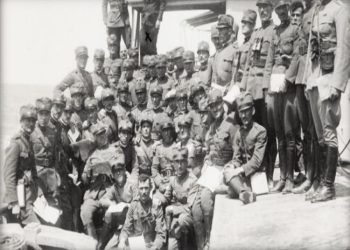Memorie.al/ On October 23, 1944, the German Command of the Pristina Camp executed 105 Albanian communists and partisans who had been kept there in isolation since August of that year, when they were taken from the Tirana prison where they had been arrested for periods of time different. According to some testimonies made by some former prisoners of that camp, such as Luigj Filipi (former chairman of the Executive Committee of Tirana in the first years after the war), Kristo Budo, former soldier of the Ministry of the Interior with leadership functions and inspector general for local government in the Prime Minister until the mid-50s), etc., it is said that the execution of 105 prisoners of that camp came as a result of not releasing three German girls, (Elsa Koch, Irmgrand Tennius and Erna Schubert), who were held hostage and Enver Hoxha did not adhere to the agreement he had made with the Germans for their exchange.
While these things are already known, apart from the above-mentioned persons, the testimonies of some of the internees in the forced labor camps in the villages of Myzeqe, such as Plow, Bedat, Savër, etc., where the three German girls stayed until in 1956, who were repatriated to their countries based on the “Khrushov-Adenauer Agreement”, in this article, Memorie.al publishes a rare photo. Which shows some Albanian partisans, placing wreaths at the burial site of the 105 executed in the Pristina Camp? This can also be seen from the photo in question (where it is written in white), and most likely it belongs to the year 1945, that is, October of that year, which was also the first anniversary of that event, and the Albanian partisans came there during the return from Bosnia and Herzegovina, where the two Albanian divisions had gone “to chase the German beast”. As can be seen from the photo, from the uniforms they are wearing, there are three or four Albanian partisans and just as many Yugoslavs, among them is a civilian, Kosovar, with typical clothing of that area. The Albanian partisans seem to have leadership functions, i.e. officers, which is clearly shown by the distinguishing marks they have on their sleeves (political functions, commissars), where the stars indicate the ranks. Memorie.al




